From the Red Wedding to Succession: the deaths that changed TV
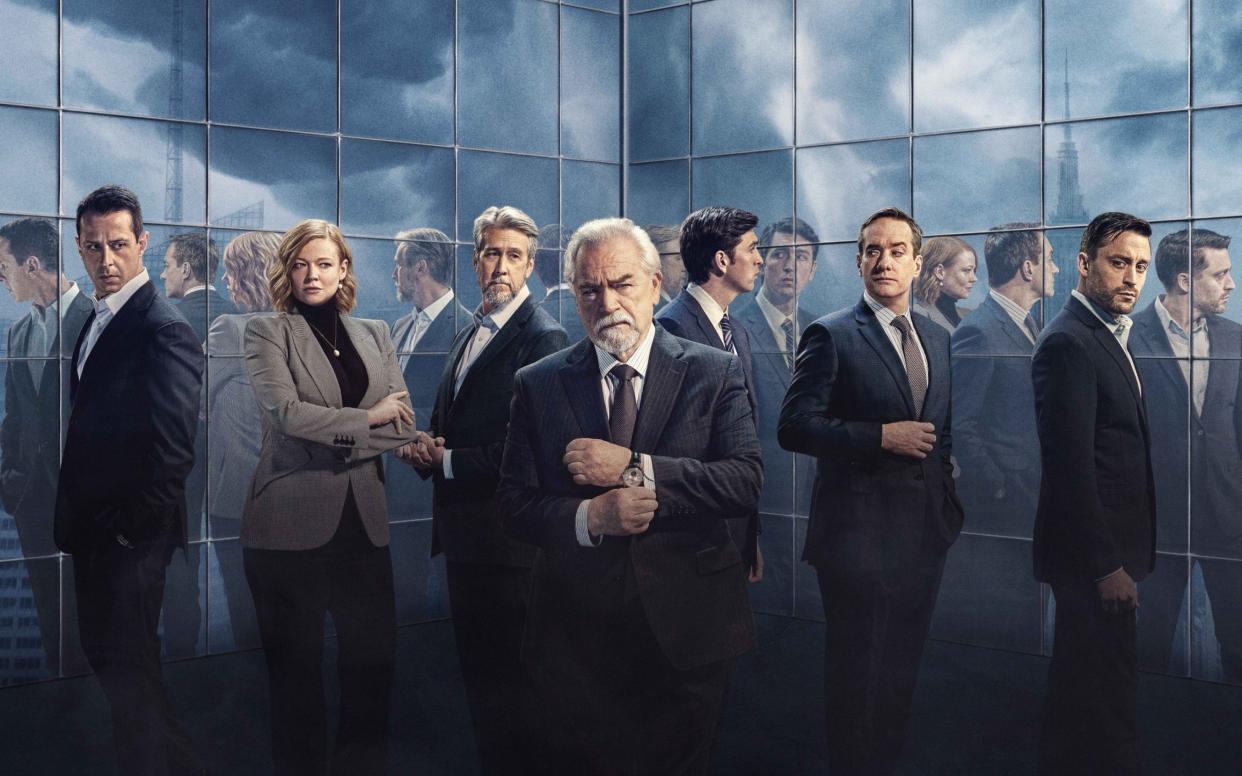
Warning: contains spoilers for episode 3 of Succession season 4
To paraphrase the great man himself, Logan Roy has f___ed off to the big boardroom in the sky. After three and a bit seasons playing footsie with the possibility of life after Logan, Succession has finally gone there, killing off its equivalent of King Lear, Macbeth and Richard III rolled into one.
His death is not exactly a surprise – the original plan, after all, was for Logan (Brian Cox) to shuffle into the great beyond early in Succession’s debut series (until Cox suggested it might be more fun keeping him around).
But it is nonetheless a bombshell. One that will cause waves both on-screen – how will his loathsome children deal with his passing? – and in the real world. Viewers, after all, may wonder whether Succession could lose some of its spark in his absence.
Logan’s demise is not without precedent, however. Television has been merrily bumping off key characters for years. Here is a countdown of the deaths that changed TV.
1. The Red Wedding, Game of Thrones, 2018
On the face of it, Succession’s most shocking instalment has little in common with the mass slaughter with which Game of Thrones ended its third season. But in terms of their impact on the viewer Logan’s exit and the hunting of the Starks were tuned to the same devastating frequently.
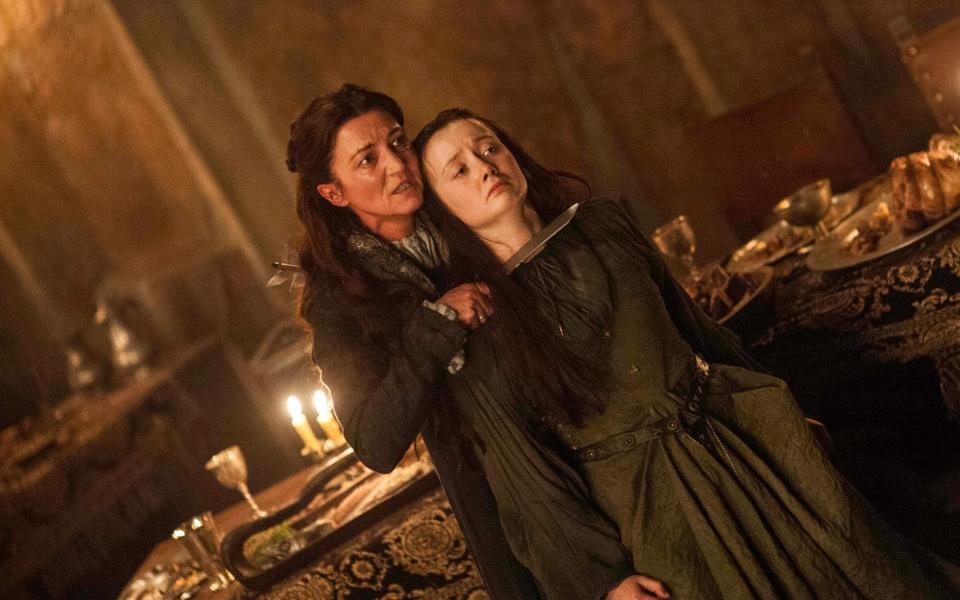
Both featured a wedding where love was not the primary factor: Willa is fond of Connor but it’s still all about the money while the Tully-Frey nuptials were entirely political. And then the episode was derailed by death descending from on high, with Logan dying at 20,000 feet while Robb and Catelyn Stark were blindsided by arrows from above. In each instance, by the time final credits rolls, the audience was in a state of limpid shock.
2. Bobby Ewing, Dallas, 1985
Going into season eight of Dallas, Patrick Duffy was tiring of South Fork and its shenanigans and, particularly, of his goodie-two-shoes character Bobby. With his contract up and a pay rise not forthcoming, he hung up his stetson and shot for a career in the movies. He might succeed, or he might not – either way he would no longer be forced to play second fiddle to Larry Hagman, aka Bobby’s villainous older brother JR Ewing.
“I had done the show for seven years. My contract was for seven years,” Duffy told the Huffington Post. “It was an ensemble show and I thought if it was ever a time at the height of the popularity of that show, that I might be able to launch into something more of a single, starring venue, that that would be the time to do it. I left the show and that did not happen – typical Patrick Duffy business decision fiasco.”
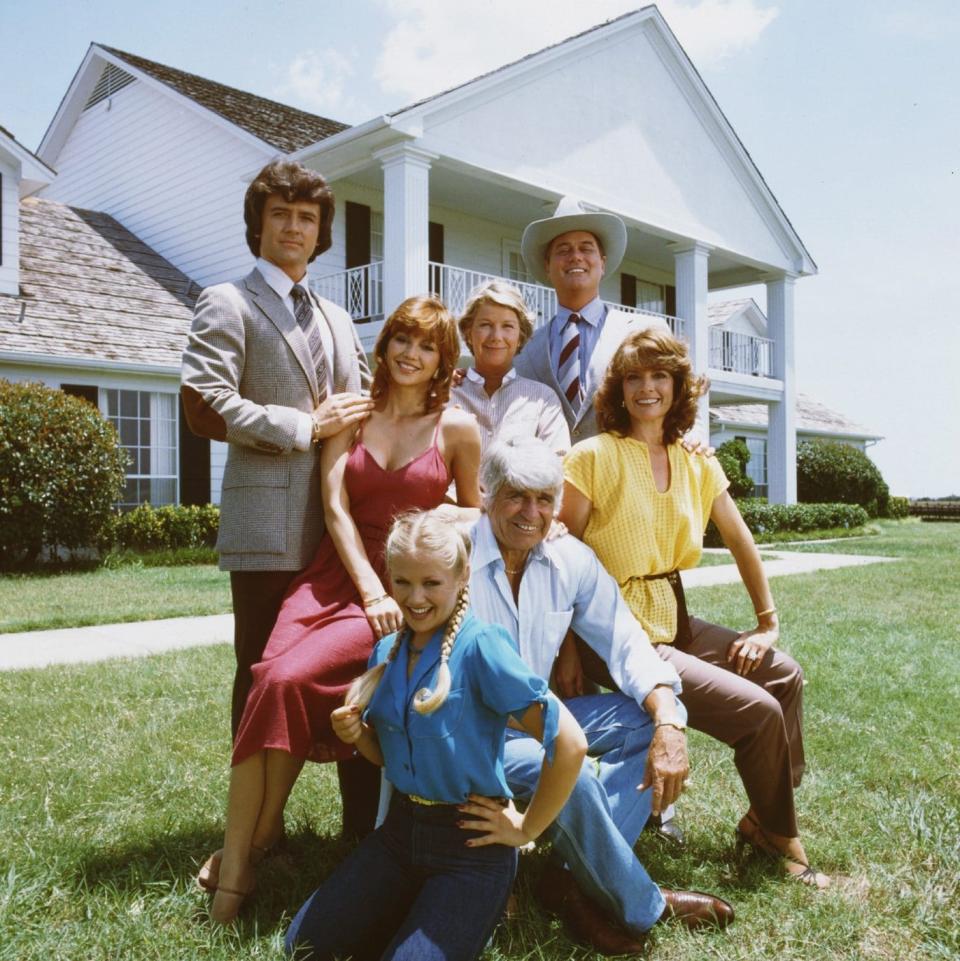
At the time, nobody imagined that Duffy might wish to return. And so it was decided to have him killed on-screen – run over by jealous ex-Katherine, half-sister of his wife Pam.
It was Pam whom Kate intended to mow down. But Bobby dashed to the rescue, shoved her out of the way and – in hilariously naff slow-motion – rolled over the top of the car. That was that. Bobby was a bust.
Only he wasn’t. In 1985, the days of TV stars crossing over into the movies were still a long way off and Duffy struggled to escape the shadow of Dallas. Hence the decision to bring him back (Larry Hagman having convinced the producers to give Duffy a pay rise).
This led to that high point of Eighties TV and of American soap operas when Bobby turns up in Pam’s shower in the season nine cliffhanger. Everything that happened from his death to that moment – 31 episodes of television – was written off as a dream of Pam’s.
3. Ned Stark, Game Of Thrones
Spoiler culture was still in its infancy when Game of Thrones hit the screens in 2011. This was how the show pulled the wool over the eyes of its viewers regarding its apparent hero and lead character, Ned Stark, even though he’d been dead in the original George RR Martin novels since 1996.
Dead Ned losing his head on the orders of vile Prince Joffrey sent the internet spiralling in disbelief – and marked the coming of age of Game of Thrones as a phenomenon. As Ned's noggin hit the floor, viewers were ushered into a new era of TV – where expectations would be subverted and nobody was safe.
4. Zoe Barns, House of Cards
Today, this early Netflix hit feels like a mausoleum constructed to the memory of Kevin Spacey’s career as a leading man. In February 2014, however, it was the hottest thing on TV, thoroughly eclipsing Andrew Davies’s 1990 BBC political thriller of the same name and the 1989 Michael Dobbs novel on which it was based.
This was why the killing of pesky reporter Kate Mara’s Zoe Barnes by Spacey’s Francis Underwood was so shocking. They were trading monologues in a subway station when, just like that, he lobbed her into the path of a train. All across the world, you could hear binge-watchers going bonkers.
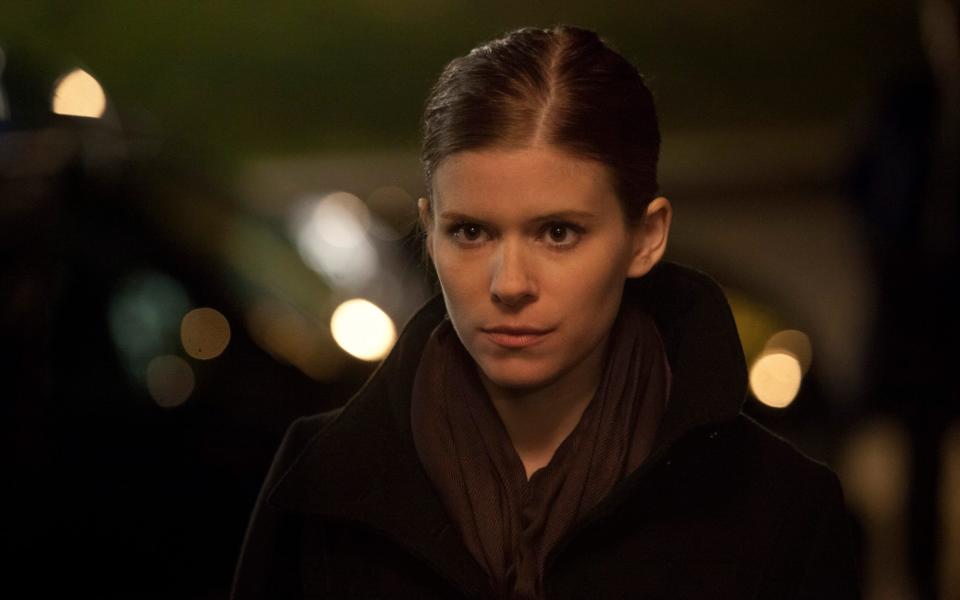
In the original House of Cards, Francis Urquhart had shoved reporter Mattie Storin to her death from the House of Commons rooftop garden. Yet Mara was regarded as so integral to House of Cards that her departure was nonetheless a shock. Arriving on the heels of headless Ned Stark, her run-in with that commuter express signalled a new era for prestige TV, where a surprise fatality potentially lurked around every corner.
5. Maude Flanders, The Simpsons
The idea of a mere cartoon killing off a character – and of that death being regarded as significant – would have been preposterous before The Simpsons. But such was the cultural reach of the cartoon, prior to its tragic decline in quality and relevance, that the exit of Ned Flanders’s do-gooder wife made global headlines.
As with Patrick Duffy and Bobby Ewing, Maude’s departure was a result of off-screen turmoil. Actress Maggie Roswell – who also voiced gossipy Helen Lovejoy – had moved from Los Angeles to Denver and was fed up commuting to California twice a week to record her lines.
She also wanted a pay rise. With a salary bump not forthcoming she quit – and Maude Flanders was killed off in February 2000 when she was dislodged from a grandstand at Springfield Speedway after being hit with t-shirt cannon (Homer having ducked out of its path). Roswell and The Simpsons later reconciled and she returned to the show in 2002. But unlike Bobby Ewing Maude stayed dead, giving more screen time to Helen Lovejoy.
6. Stringer Bell, The Wire
Idris Elba was appalled when The Wire’s writer and showrunner David Simon told him that his charismatic drug dealer was going to be bumped off in the series three finale.
“When he read the script … he was like, ‘Man, I can’t believe I’m leaving the show,’” Simon told the Associated Press on The Wire’s 20th anniversary.
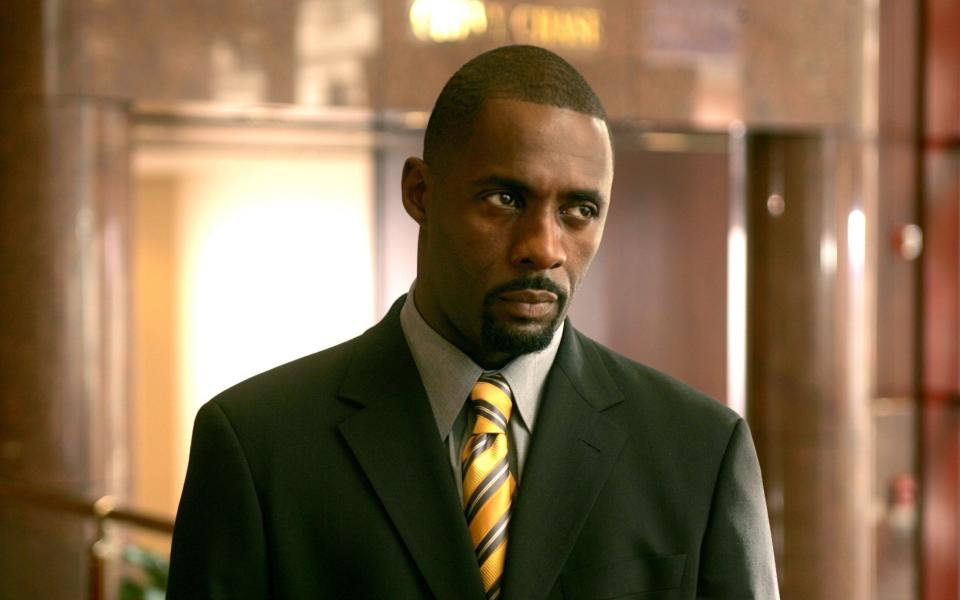
“Like, he was not happy. And I remember talking with him over the script and saying, “Idris, you’re going to have movie roles. You’re going to be an A-lister. People are going to get a load of this death, they’re going to acquire this story arc in retrospect—this is your calling card, man. You’re going to do fine.”
7. Glenn, The Walking Dead
The zombie apocalypse thriller had been merrily killing off characters from the outset. And Glenn (played by Beef star Steven Yeun) had already dodged the reaper once with a ropey bait-and-switch in which the undead appeared to have dragged him to a horrific demise only for it to be revealed that he’d miraculously crawled under the wheelie bin and survived.
There was, however, no escaping when he was cornered by loquacious warlord Negan in 2016. Having already beaten to death Abraham Negan then pulled a surprise out of the hat by announcing he would claim a second victim, simply to establish he wasn't to be messed with.
It wasn’t so much the death as how Glenn took his leave that created waves. The producers went sadistically overboard in showing us his smashed head – and a dangling eyeball. It felt that a line had been crossed in terms of on-screen violence. Even Walking Dead star Andrew Lincoln thought it was too much– and he’d played the creepy best friend stalking Keira Knightley in Love Actually.
“I regret how it happened,” he said. “We’ve been able to terrify people in film for 100 years without having to show an eyeball. When that happens, it diminishes what we’re trying to make, which in my mind’s eye is a family drama set in hell. It’s not a sort of B-movie gore-fest.”
8. Cassie Stuart, Unforgotten
Nicola Walker’s phlegmatic DCI was the rock that anchored Chris Lang’s addictive cold case thriller. In a series full of buried secrets and festering lies, no-nonsense Cassie brought everyday humanity. We all loved the mysteries, sure. But much of Unforgotten’s charm was connected to Walker’s non-nonsense performance. Killing her off felt tantamount to killing off the show itself.
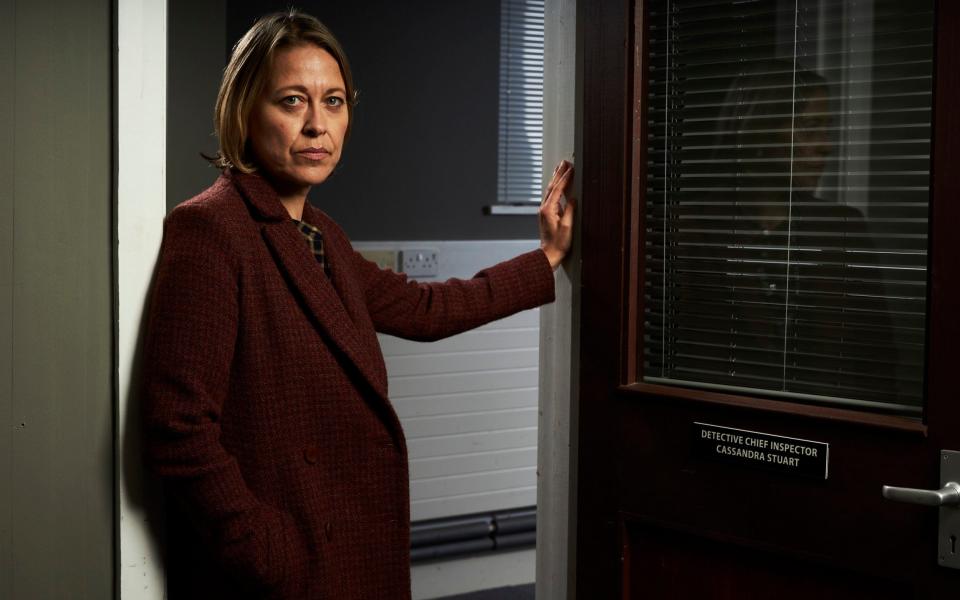
Nonetheless, Walker and Lang felt Cassie’s story was heading towards a natural conclusion. Having fallen out with her father over whether her son would inherit the family home and with the trauma of her grisly police work taking a toll, she was spiralling. And then it all unravelled as she drifted into a daze while driving and was killed in a random road smash.
Said Walker: “The buzzword was that she was an empath, and the problem with being an empath is that eventually, you break. I felt that to have her keep coming back would make her seem like a superhero. So it was very much a joint and long-planned decision.”
9. DC Trotman, Line Of Duty
Line Of Duty was already a hit by the time it returned for its second season in 2014. But this was when Jed Mercurio truly moved up through the gears, by chucking Jessica Raine’s Georgia Trotman out a five-storey window.
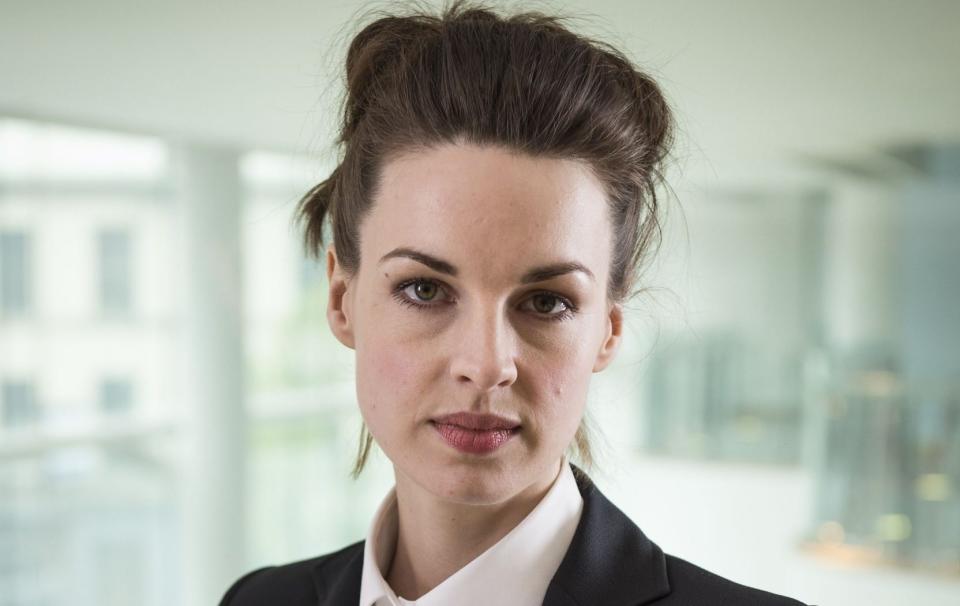
The culprit was bent copper Jeremy Cole – disguised as a female nurse obviously, this is Line of Duty after all – and the message was that from now on nobody, not even guest stars were safe.
10. Tony Soprano, The Sopranos
The original plan was for Tony Soprano, the greatest on-screen gangster since Scarface, to take his final bows by driving into the Lincoln Tunnel linking New Jersey and Manhattan and not come out the other side. But then Sopranos writer David Chase was in Ocean Park Boulevard, New Jersey and spied at a picturesque neighbourhood restaurant.
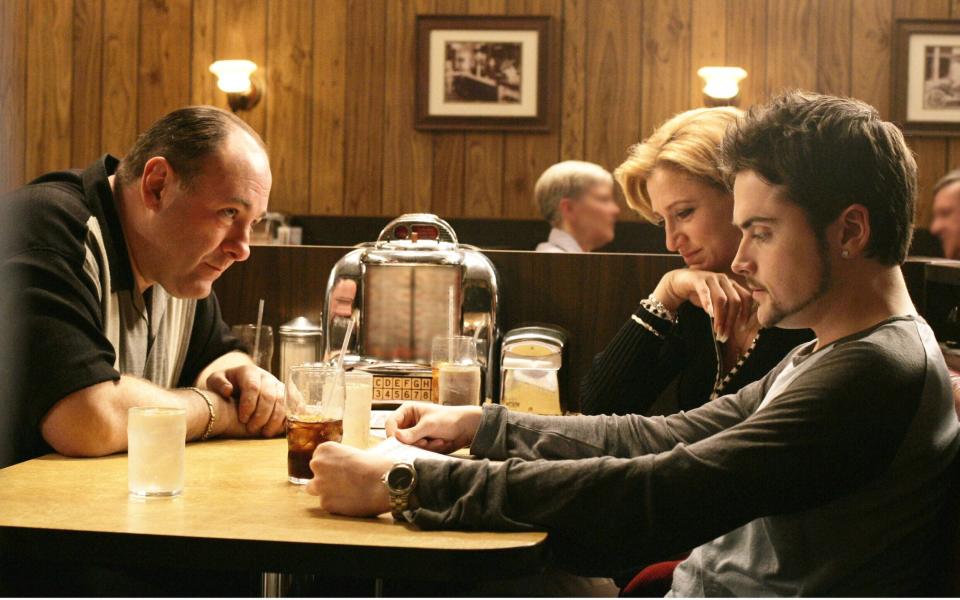
“It was kind of like a shack that served breakfast. And for some reason I thought, “Tony should get it in a place like that”. Why? I don’t know. That was, like, two years before.”
What did Chase mean by “get it”? It has never been officially confirmed that Tony is killed going for dinner with his family in that diner in the June 2007 finale. However, the fade to black after Journey’s Don’t Stop Believin’ comes on the jukebox has been widely interpreted as signalling that he is about to be gunned down. That it’s a cutaway before the bullets rain down.
Nonetheless, the character’s ultimate fate is a source of debate to this day. Even the cast can’t agree. “I’ve gone back and forth,” said Michael Imperioli, who played Tony’s protege, Christopher Moltisanti. “And then I thought maybe it’s just what you see is what you get. That’s the end of the story. There’s no dying, there’s no what if, there's no what happened to Tony, it's just ends right there. I don't know.”


